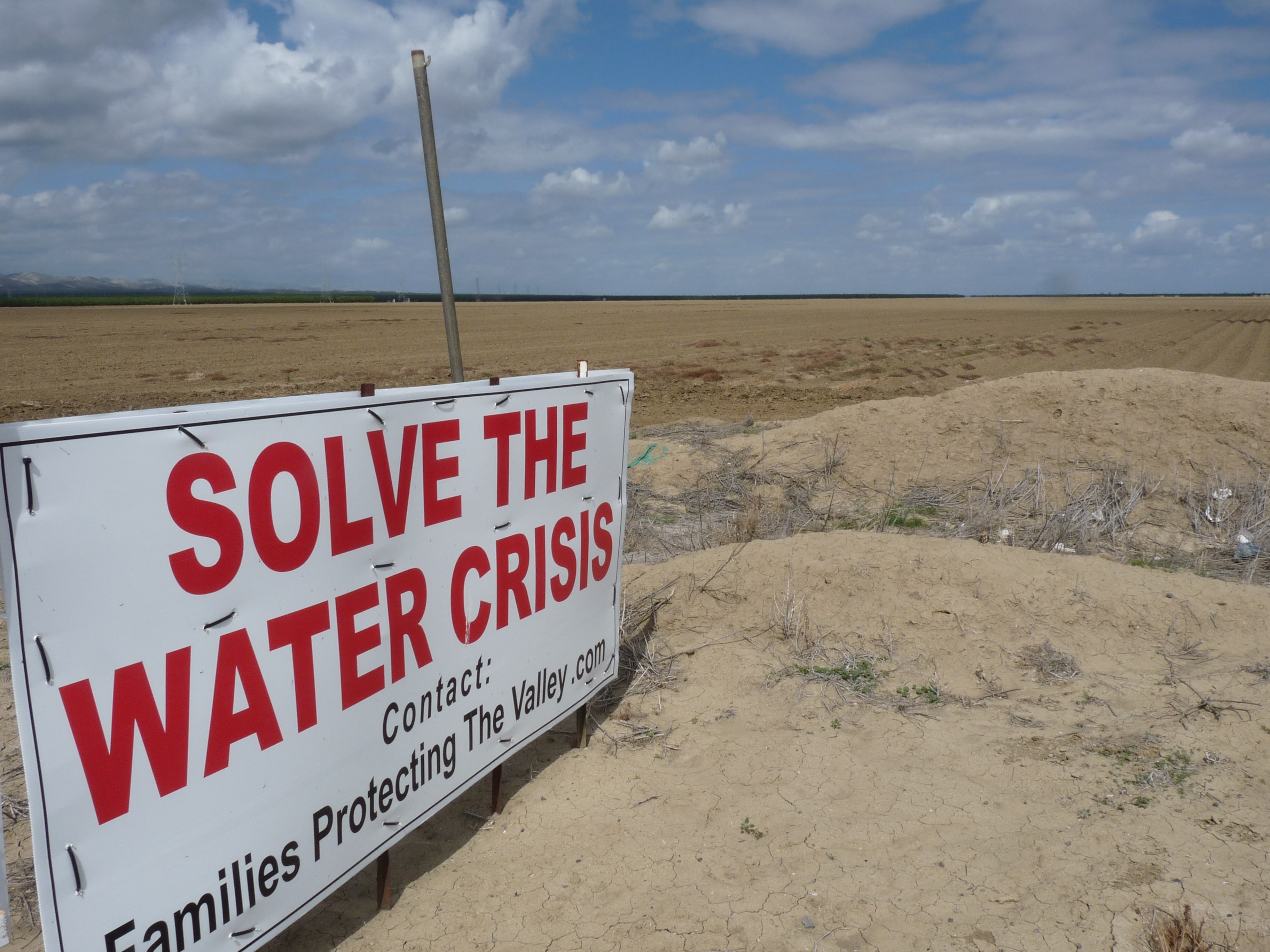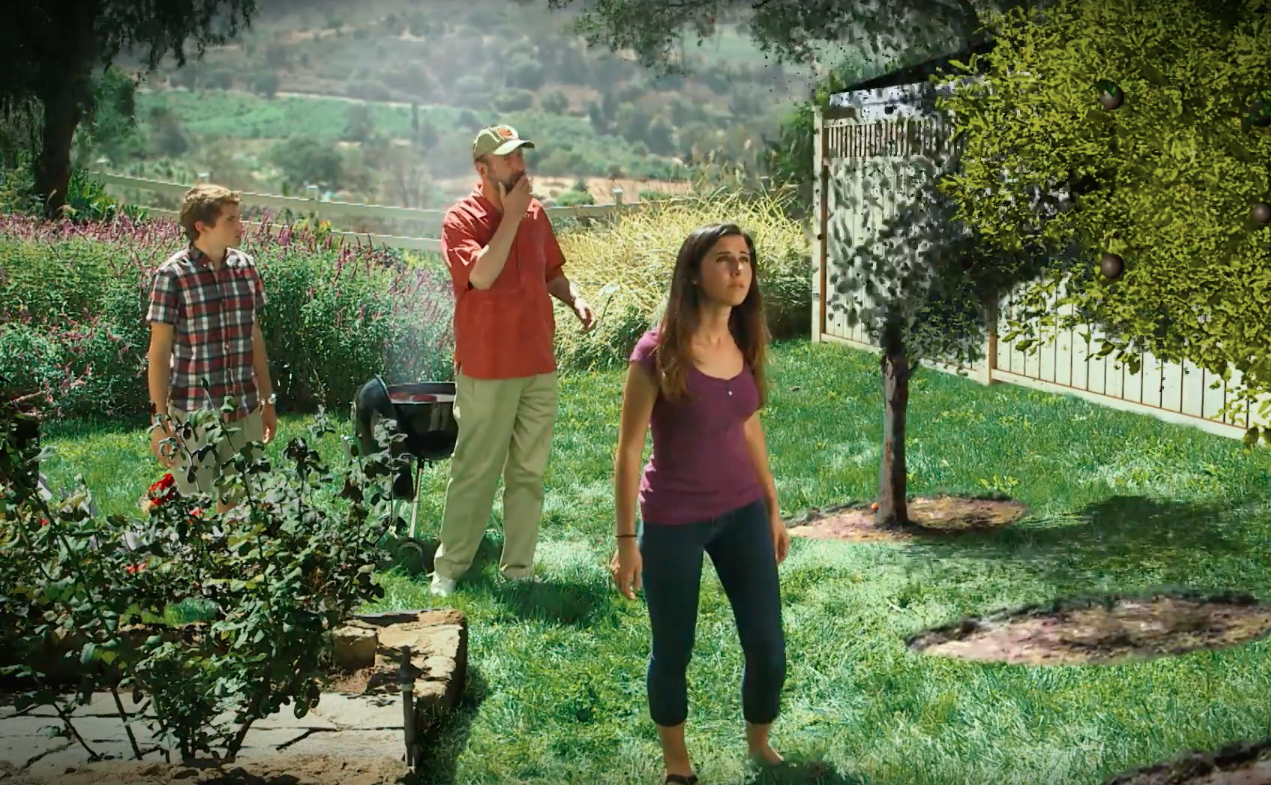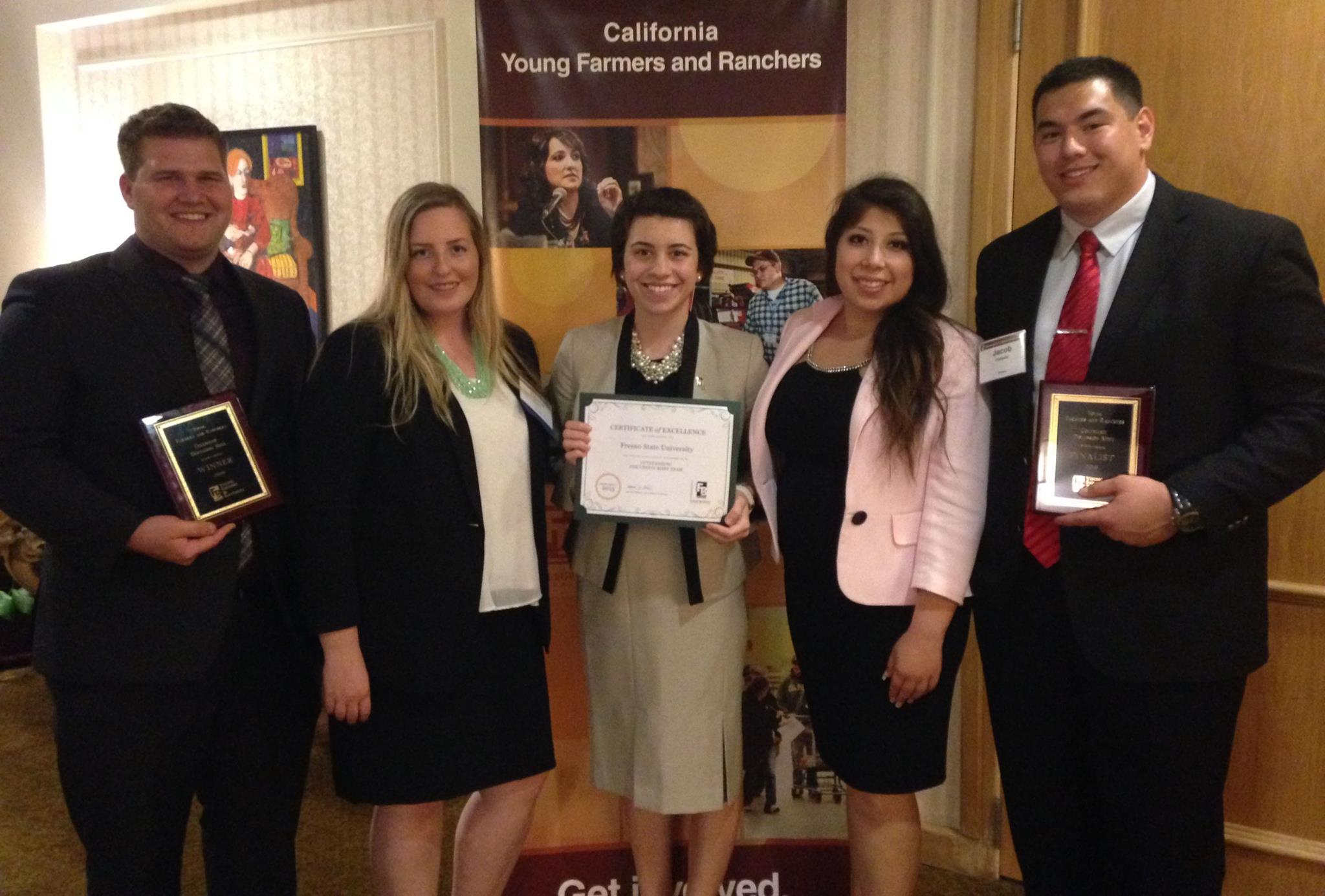AgVocating in Hawaii
Food Blogger Lorie Farrell AgVocates Conventional Ag
By Laurie Greene, Editor
Lorie Farrell helps farmers and agriculture by amplifying their voices. A freelance blogger and self-described AgVocate for food, farm and public policies that support agriculture and combat misinformation and junk science head-on, Farrell resides on Hawaii’s Big Island, the birthplace of the Rainbow GMO papaya that saved the state’s papaya industry. Having observed, firsthand, many activist groups who have sought to halt progress in conventional agriculture, she has a unique perspective on the issues and shares her views on her website and social media.

Lorie Farrell, Hawaii Food Blogger and self-described AgVocate
And while many food bloggers lean heavily toward organic production, Farrell stays away from it. “Organic production gets plenty of traction, so I tend to stay away from that part of agriculture production,” Farrell said.
“Some in the organic crowd seem to think that it is all one way or all the other, and it is not,” remarked Farrell. “It is really a mixture of methods. We need all of them at the table, and the table today looks much like what it is going to look like in a few years from now—a mixture of crop production methods and all the technology,” she noted.
Farrell wants to educate her audience to learn more about agriculture and advocate on its behalf. She stressed the importance for all of us to ask more questions, “but at the same time, it is also our job to give them good information and shine the light on good sources of information. It is not their fault they don’t understand. But at a certain point, we can lead a horse to water; they have got to make the choice.
And Farrell said emphatically that food shaming and food fear are intolerable. “Food shaming is when a person makes a judgement call on another person based on their choices of food,” she explained. “This happens very often with females and moms and it is unacceptable. Someone might see a mom buying a food that’s unhealthy and feeding it to their child. They will call the mom out on it. I’ve had moms tell me that people ask them, ‘You are feeding your kids organic food, aren’t you?’ They answer, ‘Well no, I am feeding them balanced meals, or I am feeding my baby formula.'”
“People will shame and bully you into making different food choices based on their perception of food. They will do it in person, but social media is also a very effective way to food shame. The objective of online food shaming is to change your choices of food—to take away your choice of food, actually—so you purchase organic or non-GMO. I don’t even know what the word ‘natural’ means.”





 Cavanaugh: Well, it’s laughable—only 5 percent for San Luis, with all the water in the system from the El Niño year! You’re still not answering the question. None of this makes sense to anyone who is a critical thinker. Can you please explain, other than preventing salt-water intrusion and protecting species, why so much more water—over the top—was sent out?
Cavanaugh: Well, it’s laughable—only 5 percent for San Luis, with all the water in the system from the El Niño year! You’re still not answering the question. None of this makes sense to anyone who is a critical thinker. Can you please explain, other than preventing salt-water intrusion and protecting species, why so much more water—over the top—was sent out?

 Les Wright
Les Wright












 “Our theme for this year’s Annual Ag Day at the Capitol is ‘Golden State on Your Plate,'” said Ross, “to h
“Our theme for this year’s Annual Ag Day at the Capitol is ‘Golden State on Your Plate,'” said Ross, “to h








